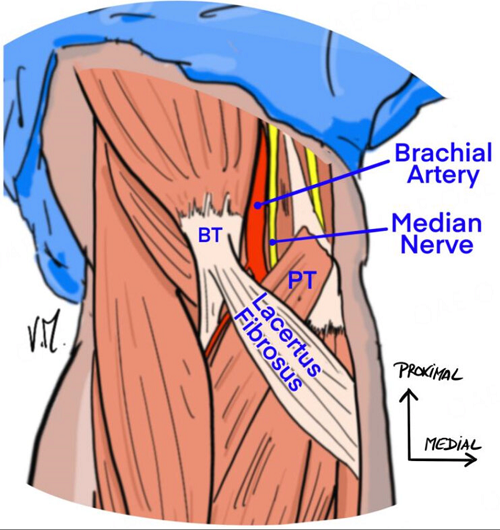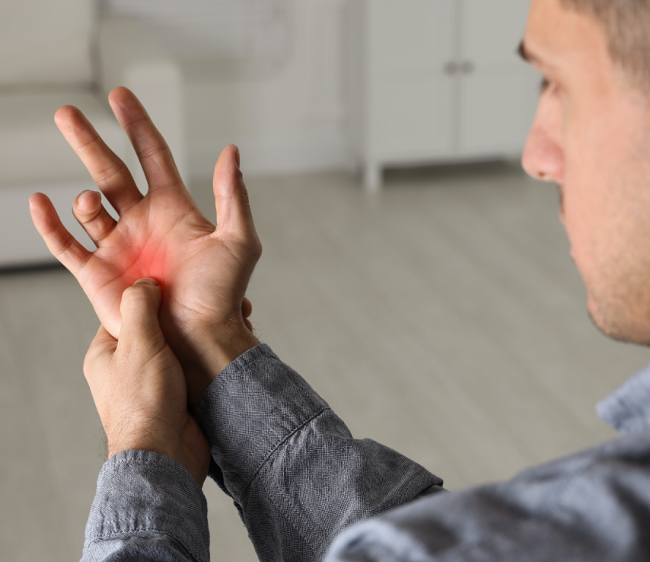
Winning the Battle Against Tennis Elbow: Effective Strategies for Pain Relief and Prevention
Are you tired of the constant pain and discomfort caused by tennis elbow? Look no further, because in this article, we will reveal effective strategies for pain relief and prevention. Tennis elbow, also known as lateral epicondylitis, is a common condition that affects both athletes and non-athletes alike. It occurs when the tendons in your arm become inflamed due to overuse or repetitive motions.
The good news is that with the right approach, you can win the battle against tennis elbow and get back to enjoying your favorite activities pain-free. Whether you’re an avid tennis player or someone who uses repetitive arm motions in your daily life, it’s important to understand the causes, symptoms, and treatment options for tennis elbow. From rest and ice therapy to physical therapy and ergonomic modifications, we will cover a range of strategies that have been proven effective in relieving pain and preventing further injury. So, if you’re ready to say goodbye to tennis elbow once and for all, meet Dr. Marouane Bouloudhnine, a highly esteemed Orthopedic Surgeon Consultant from France, with an extensive background spanning over three decades in Europe, who brings a wealth of experience to his professional practice.
What is tennis elbow?
Tennis elbow is often the result of repetitive activities that involve gripping and twisting motions of the wrist and forearm. This can include activities such as playing tennis, golf, or other racquet sports, as well as jobs that require repetitive arm movements, such as painting, plumbing, or cooking. While tennis elbow is most commonly seen in adults between the ages of 30 and 50, it can occur at any age and in both men and women.
The symptoms of tennis elbow can vary from mild to severe and may include pain and tenderness on the outer part of the elbow, pain that radiates down the forearm, weakness in the affected arm, and difficulty gripping or lifting objects. If you suspect you have tennis elbow, it’s important to seek medical attention for an accurate diagnosis and appropriate treatment.
Causes and symptoms of tennis elbow
The primary cause of tennis elbow is overuse or repetitive stress on the tendons in the forearm. When you repeatedly perform activities that involve gripping, twisting, or lifting, the tendons can become damaged and inflamed. This can lead to the development of tennis elbow.
In addition to repetitive activities, other factors can contribute to the development of tennis elbow. These include poor technique or form during physical activities, using equipment that is not properly fitted or suited for your needs, and inadequate warm-up or stretching routines before physical activity.
The symptoms of tennis elbow can vary from person to person, but the most common symptom is pain and tenderness on the outer part of the elbow. This pain may radiate down the forearm and can be aggravated by activities that involve gripping, twisting, or lifting. Other symptoms may include weakness in the affected arm, difficulty gripping objects, and pain that worsens with certain movements or after prolonged use of the arm.
Diagnosis and treatment options for tennis elbow
If you suspect you have tennis elbow, it’s important to seek medical attention for an accurate diagnosis and appropriate treatment. Your doctor will likely begin by conducting a physical examination and discussing your symptoms and medical history. They may also order imaging tests, such as an X-ray or MRI, to rule out other potential causes of your symptoms.
Once diagnosed with tennis elbow, there are several treatment options that your doctor may recommend. The first line of treatment for tennis elbow is usually conservative management, which includes rest, ice therapy, and over-the-counter pain medications. Resting the affected arm and avoiding activities that aggravate the pain can help reduce inflammation and promote healing. Applying ice to the affected area for 15-20 minutes several times a day can also help reduce pain and swelling.
In addition to rest and ice therapy, your doctor may recommend physical therapy to help strengthen the muscles and tendons in your forearm and improve your range of motion. Physical therapy may include exercises, stretches, and manual therapy techniques to alleviate pain and promote healing. Your physical therapist may also guide proper technique and ergonomics to prevent further injury.
If conservative management does not provide sufficient relief, your doctor may consider other treatment options, such as corticosteroid injections or extracorporeal shockwave therapy. Corticosteroid injections can help reduce inflammation and provide temporary pain relief, while shockwave therapy uses high-energy sound waves to stimulate healing in the affected area.
In severe cases of tennis elbow that do not respond to conservative treatments, surgery may be recommended. Surgical options for tennis elbow include open surgery or minimally invasive procedures, such as arthroscopy. During surgery, the damaged tendons may be repaired or removed, and the surrounding tissues may be cleaned up to promote healing.
If you are currently in Dubai and looking for an expert surgeon, Dr. Marouane Bouloudhnine will be the right choice for you.
Rest and rehabilitation exercises for tennis elbow
Rest is an essential component of the treatment and recovery process for tennis elbow. Taking a break from activities that aggravate the pain and allowing the affected tendons to rest and heal is crucial in the early stages of treatment. Resting the affected arm does not mean complete immobilization, however. Gentle movement and stretching exercises can help maintain flexibility and prevent stiffness.
In addition to rest, certain rehabilitation exercises can help strengthen the muscles and tendons in your forearm and promote healing. These exercises should be performed under the guidance of a physical therapist or healthcare professional to ensure proper form and technique.
Remember to start with light resistance and gradually increase the intensity as your symptoms improve. It’s important to listen to your body and not push through pain during these exercises. If you experience increased pain or discomfort, stop the exercise and consult with your healthcare professional.
Conclusion: Taking Control of Your Tennis Elbow Journey
At the core of Dr. Marouane’s success lies his unwavering dedication to effective communication. He takes immense pride in fostering meaningful connections with patients, medical professionals, and peers alike, ensuring a personalized and compassionate approach to every case.
With an impressive portfolio boasting over 11,000 surgeries, his track record speaks volumes, consistently exceeding expectations and setting new standards of excellence in orthopedic care.
Winning the battle against tennis elbow requires a comprehensive approach that combines rest, targeted exercises, ergonomic modifications, and, in some cases, alternative treatments. It’s important to remember that everyone’s journey to recovery may be different, and what works for one person may not work for another. If you’re struggling with tennis elbow, don’t lose hope. With the right strategies and a commitment to your recovery, you can overcome the pain and get back to doing the activities you love.






